Port-of-Entry Simulation Tools
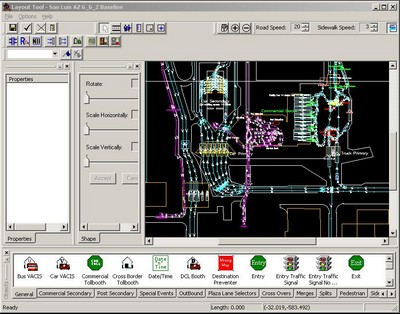
I used this and two companion tools for analysis and design of land border crossings all over the United States, Canada, and Mexico. I was a lead on the Systems Analysis team that collected data at scores of sites and built models that could be used to perform analyses. These tools were built and continually improved and ongoing analyses were performed on a program basis for the General Services Administration (GSA), which was charged with maintaining real estate and infrastructure for certain government operations.
For a while the analysis group was referred to as the "Dream Team." I performed a lot of independent studies using this tool. I also attended conferences and even used the tool to support design and verification of the new St. Stephen crossing built at Calais, ME.
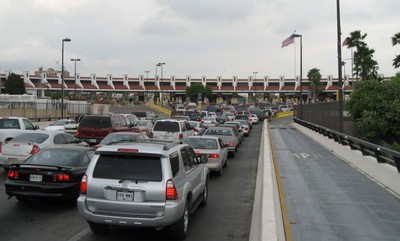
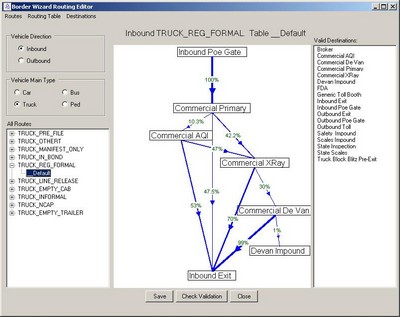
Discovery and data collection trips involved getting drawings and publicly available information before arriving, getting a tour of the facility, asking boatloads of questions about local operations, and setting up cameras to record two or three days of video of all operations. Hourly and daily counts of the different types of travelers processed were provided by the port after the visit, and process times and distributions were determined by reviewing the collected video. This also included diversion percentages of each traveler type from each process (e.g., how often does each type of traveler go to different destinations when leaving each process?). Schlepping video equipment around the country was always a hassle, but it was just part of the job.
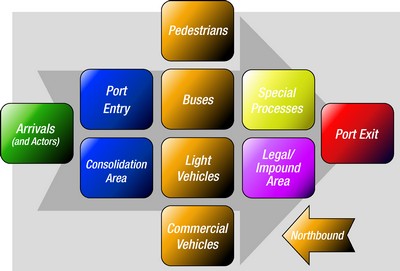
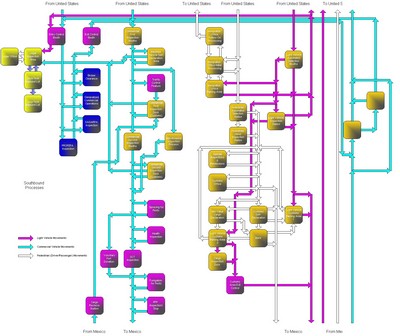
The original tool was called BorderWizard but Customs and Border Protection got together with the governments of Canada and Mexico to have us create companion tools called CanSim and SimFronteras. I created the major design documents for the Canadian and Mexican programs. Over the course of several visits to Ottawa and Mexico City we met with numerous government agencies to learn what their concerns were and what interest they would have in the analyses the model could carry out. We toured numerous facilities to learn how things worked. As noted above, their processes are sometimes quite different than those in place at U.S. crossings. Mexican facilities were especially complex, with over eighty different processes identified. About half of those are shown in one of the diagrams from the model requirements document I wrote.

